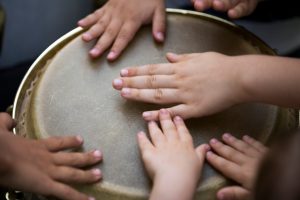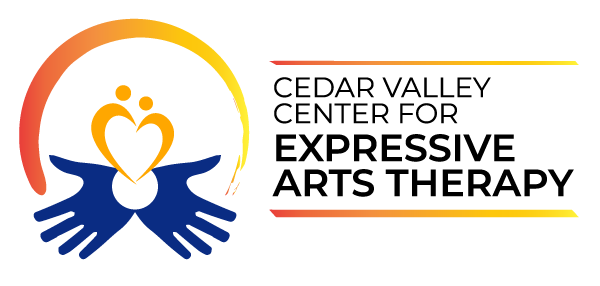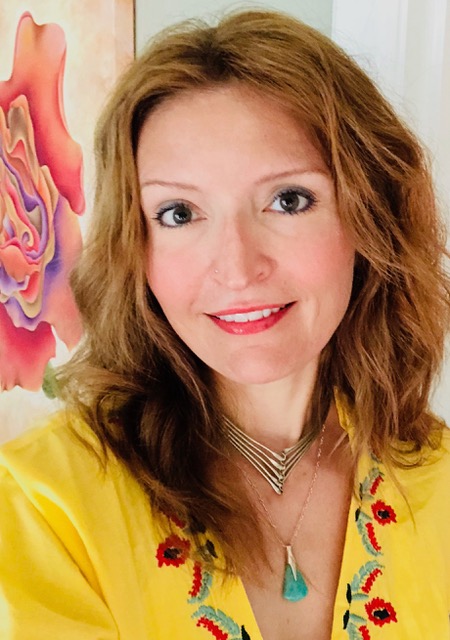Play in Therapy

In therapy, the toys are the words used to communicate while engaging in the natural language of play. Incorporating play in therapy meets individuals at their unique developmental level and provides opportunity to express inner thoughts and feelings while allowing for a safe psychological distance from what is troubling them. Play does not demand verbal language, but rather offers non-verbal avenues that are naturally appealing and facilitative of learning and development. In therapy, clients are supported and assessed by the therapist as they work to understand their world, improve relationships, increase self-control, release difficult emotions, engage in corrective emotional experiences, develop healthier thinking styles, and solve problems. The solutions built through the use of play in therapy are ones that can be flexibly adapted to other problems and lead to sustainable, positive change. This approach is frequently used with children, however, it can also prove a suitable approach with adolescents and adults as well.
Art Therapy

Art therapy provides children, adolescents, families, and adults the opportunity to express themselves in a creative, personalized, and flexible manner. Art therapy involves the use of art materials, images, and the art-making process to support individuals towards their wellness goals. This approach to treatment provides a variety of benefits and what materials are used is thoughtfully considered. This modaility may target the release and integration of emotions or difficult transitions and experiences, be applied to challenge problematic beliefs, facilitate understanding into relationships, enable exploration into perceptions, help with identifying strengths and resources, or facilitate growth in emotional and behavioral regulation. Art therapy has the potential to help individuals and families address a wide variety of emotional, behavioral, and social challenges.
Rhythm, Music, and Movement in Therapy

Incorporating music and drumming within therapeutic work promotes positive social connections, self-regulation of physiological symptoms, stress reduction, safe release of emotion, increased movement, improved self-awareness and impulse control skills, and increased motivation in treatment. Benefits of engaging in sensory-based attunement and rhythmic music include increased social integration, improvements in mood, physcial, and perceptual awareness, reductions in anxiety and depression, and enhanced self-esteem. It also has the added benefit of utilizing the whole brain and promoting wellness at a deeper level. Connecting the body and the mind, rhythm and movement can be used as a meditative practice to quiet the mind, regulate emotion and behavior, increase awareness, and is beneficial in alleviating emotional distress. Movement has the potential to foster integration of an individual’s, cognitive, emotional, and physical experiences. These approaches can be used to create an opening for self-expression that is non-verbal and potentially less threatening for some individuals.
Sandtray Therapy

Sandtray therapy involves use miniatures and objects within a tray of sand to facilitate self-expression, solution-focused efforts, and healing. The sand provides a familiar, non-threatening, and soothing sensory environment where participants are able to use objects rather than words to release emotions and non-verbally process issues that are difficult to discuss. Often, the scenes created lead to therapeutic metaphors that increase feelings of safety while providing emotional distance from challenging thoughts and feelings, a element that many individuals benefit from in therapy.
EMDR Therapy
Eye Movement Desensitization and Reprocessing (EMDR) is one of the approaches I may incorporate in support of those working through emotional difficulties caused by upsetting or traumatic life experiences where there may have been a fear for safety of self or others. It is also useful for addressing challenges such as anxiety and/or panic responses, phobias, chronic Illness and medical issues, depression and mood dysregulation, grief and loss, and stress-related issues. It can be implemented with individuals of all ages, from young children, into the teen years, and throughout adulthood. The EMDR process is unique for each participant because the process is guided from within, resourcing the person’s own natural, adaptive capacity for healing.
In line with the EMDR International Association’s definition, EMDR assists in breaking through that interference and helps facilitate letting go of the past and processing towards a healthier present perspective. It involves a trained clinician using a set of procedures to organize negative and positive emotions, thoughts, and sensations, and then with application of bilateral stimulation, such as eye movements or alternating tapping, one is supported in working through the disturbing memories. The course of treatment may also incorporate the use of expressive arts materials or play based resources to support and empower individuals in their own unique process. The clinician checks in periodically and provides support as the natural, adaptive learning process of the brain is accessed in support of restoration and healing. One way to think about EMDR is to consider how it replicates the REM (rapid eye movement) sleep patterns that support us in processing what may be bothering us in our sleep. Some also believe that the introduction of the bilateral stimulation, providing the brain with a distraction while working through troubling events, is a factor in the adaptive mechanisms at work in EMDR.
Use the following link to access EMDRIA’s video on EMDR therapy on YouTube: https://youtu.be/Pkfln-ZtWeY
Use the following link to access a video that explains EMDR to youth and families, it was created by Jennifer Taylor Play Therapy Services, LLC: https://youtu.be/EE-IjBTquAI
Group Therapy
Group therapy involves working with a small group of youth clients. Groups are designed to target specific areas of concern including but not limited to social skills, self-esteem, emotional regulation, depression, anxiety, self-harm, LGBTQ support, and grief/loss reactions. Groups meet weekly, in 6 to 8-week blocks, are structured, and expressive arts oriented. Participants, and the family members who bring them to group, are expected to respect the confidentiality of others engaged in these groups to maintain participation to the group. Announcements about group opportunities will be made as they become available.
Scope of clinical practice includes:
- Anxiety / Stress
- Emotional and/or behavioral regulation
- Attachment concerns
- ADD/ADHD
- Autism / Neurodivergency
- Abuse, physical / emotional / sexual / neglect
- Body image / self-esteem
- Grief and loss
- LBGTQ and diversity affirming care
- Sensory processing
- Major life adjustments / transitions
- Twice exceptional youth (2E)
- Trauma (medical or life event) / PTSD
- Interpersonal / social skills
- Depressive symptoms
Interventions that may be used in expressive arts therapy include:
- Play based approaches / dramatic enactment
- Painting / drawing / collage
- Weaving / sculpting / construction / natural elements
- Rhythm / drumming / music
- Sensory experimentation
- Somatic embodiment / therapeutic movement
- Sandtray
- Storytelling / narrative therapy / creative writing
- Bookmaking / therapeutic stories
- Photography
- Printmaking
- Mindfulness practice / silence
- Parent / Child relational work
- Therapeutic dialogue

